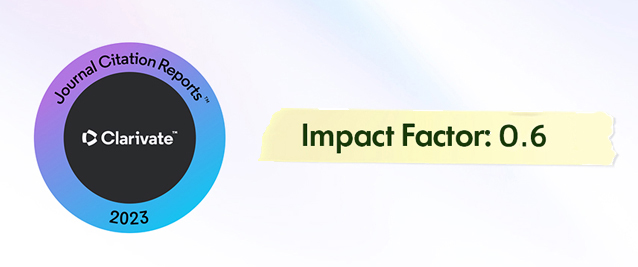2Hekimhan MES Vacational School, Malatya Turgut Ozal University, Malatya, 44210, Türkiye
3Department of Mechanical Engineering, Inonu University, Malatya, 44280, Türkiye
Abstract
During the machining process, problems such as tool wear, high temperature, force distribution, and surface quality deterioration must be fully understood. Control of these problems with experimental studies and numerical analyses is important in ensuring dimensional accuracy and surface integrity of the cutting tool, workpiece, and also the finished product. The aim of this study is to investigate the effects of machining parameters on chip morphology, residual stresses and tool wear in turning operations of ASTM-F75 CoCrMo alloy experimentally and by finite element method (FEM) simulation. The study was carried out at three different feed rates (0.1, 0.2, 0.3 mm/rev) and at a constant cutting speed of 80 m/min both experimentally on a CNC turning machine and with FEM simulation. From the obtained results, the formation of cracks and adhesions on the surfaces of the chip were observed due to the increase of the feed rate. According to the orthogonal cutting model, chip height ratio (Gs) and tooth pitch (Pc) values of saw-tooth chips supported each other with measurements taken from both FEM images and experimental images. With the increase of the forward speed, the Gs ratio decreased, while the Pc increased. In addition, microscopic images obtained from the cutting tool also showed that the rate of crater wear gradually increased with increasing feed rate. As a result, it is seen that machining parameters have a significant effect on cutting tool and chip morphology in CoCrMo ASTM-F75 alloy turning.














